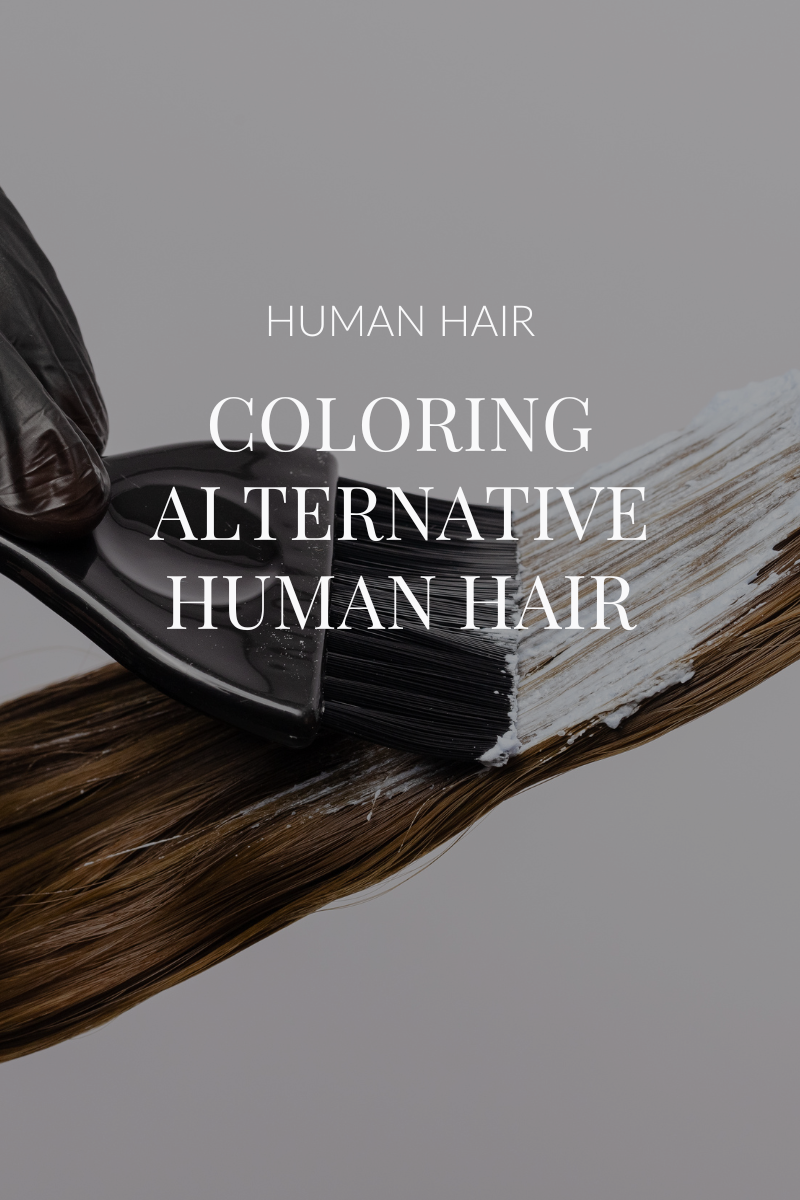
Coloring Alternative Human Hair: What You Need to Know
When it comes to alternative human hair, one of the most frequently asked questions is whether it can be customized with color. It's a valid question considering the desire for personalization and style versatility. However, the answer isn't as straightforward as one might hope.
Ellen Wille advises against performing chemical services on human hair systems as outcomes can be uncertain. Any modifications should be carried out by a licensed cosmetologist with experience in alternative hair customization.
Generally, manufacturers advise against coloring alternative human hair due to the presence of textile dyes. These dyes, distinct from salon-quality hair color, can yield unpredictable results and potentially compromise the integrity of the hair system. Yet, for those daring to venture into the realm of color customization, there are essential factors to consider.
Strand Test: A Crucial Step
Before committing to coloring your alternative human hair, it's imperative to conduct a strand test. Given that human hair systems comprise hair from various sources, performing tests in different sections ensures uniform reaction to the coloring process. This step helps identify any variations in how the hair responds, allowing for adjustments in formulation as necessary.
Deposit Rather Than Lift
Opting to deposit color rather than lift is a safer approach. Choosing a lighter base and adding color ensures a more controlled outcome compared to attempting highlights with bleach or high lift color. The unpredictable nature of textile dyes makes bleach application risky and could compromise the hair's integrity.
Gentle Formulations for Hair Integrity
Alternative human hair undergoes significant processing to achieve its final form. Thus, it's crucial to use gentle color formulations to maintain hair quality. Recommendations include avoiding developers over 20vol and limiting color changes to no more than two levels, whether going darker or lighter.
Mind Processing Times
Given the hair's porosity and previous processing, alternative human hair tends to absorb color quicker and darker than anticipated. Using a shade lighter than the desired outcome and adjusting processing times accordingly can help achieve the intended result while minimizing surprises.
Maintain Clean Application
Unlike coloring natural hair, coloring a wig or hair system requires meticulous care to avoid staining the base materials. Ensuring a clean application process minimizes the risk of discoloration on lace fronts or the wig cap, preserving its aesthetic appeal.
European Remy Human Hair: A Safe Bet
For those seeking more flexibility in color customization, European Remy Human Hair offers a viable solution. Styles within this collection, such as Juvia, Cosmo II, Sole, Mondo, Cometa, and Galaxy, are free from textile dyes. As a result, they can be safely customized with salon-quality color, providing more creative possibilities.
In conclusion, while coloring alternative human hair poses challenges and risks, it also presents opportunities for personal expression and style experimentation. By following these guidelines and being mindful of the unique characteristics of alternative human hair, individuals can navigate the process with confidence. Remember, while the journey may be unconventional, the results can be uniquely beautiful. Visit our website to explore the Human Hair Collection!
